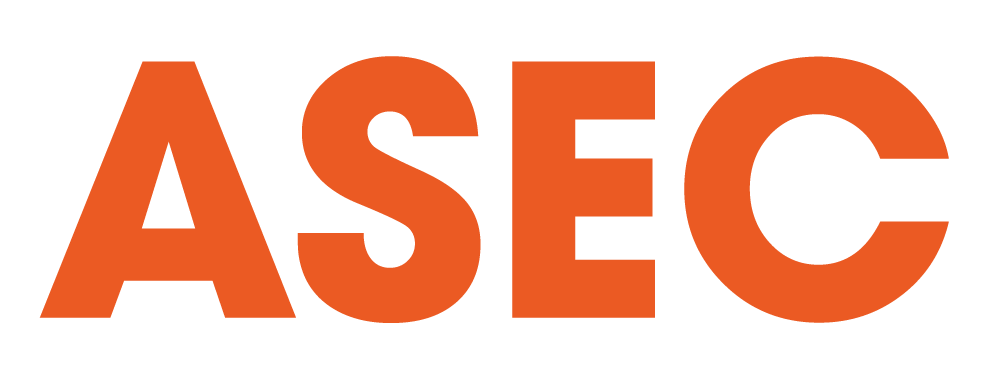Globally certified. Locally accessible.
Occupational First Aid, CPR & AED training
Strengthen the competency of your staff in first aid and emergency care in the workplace. Tailored for your industry and needs. HRD Corp claimable.
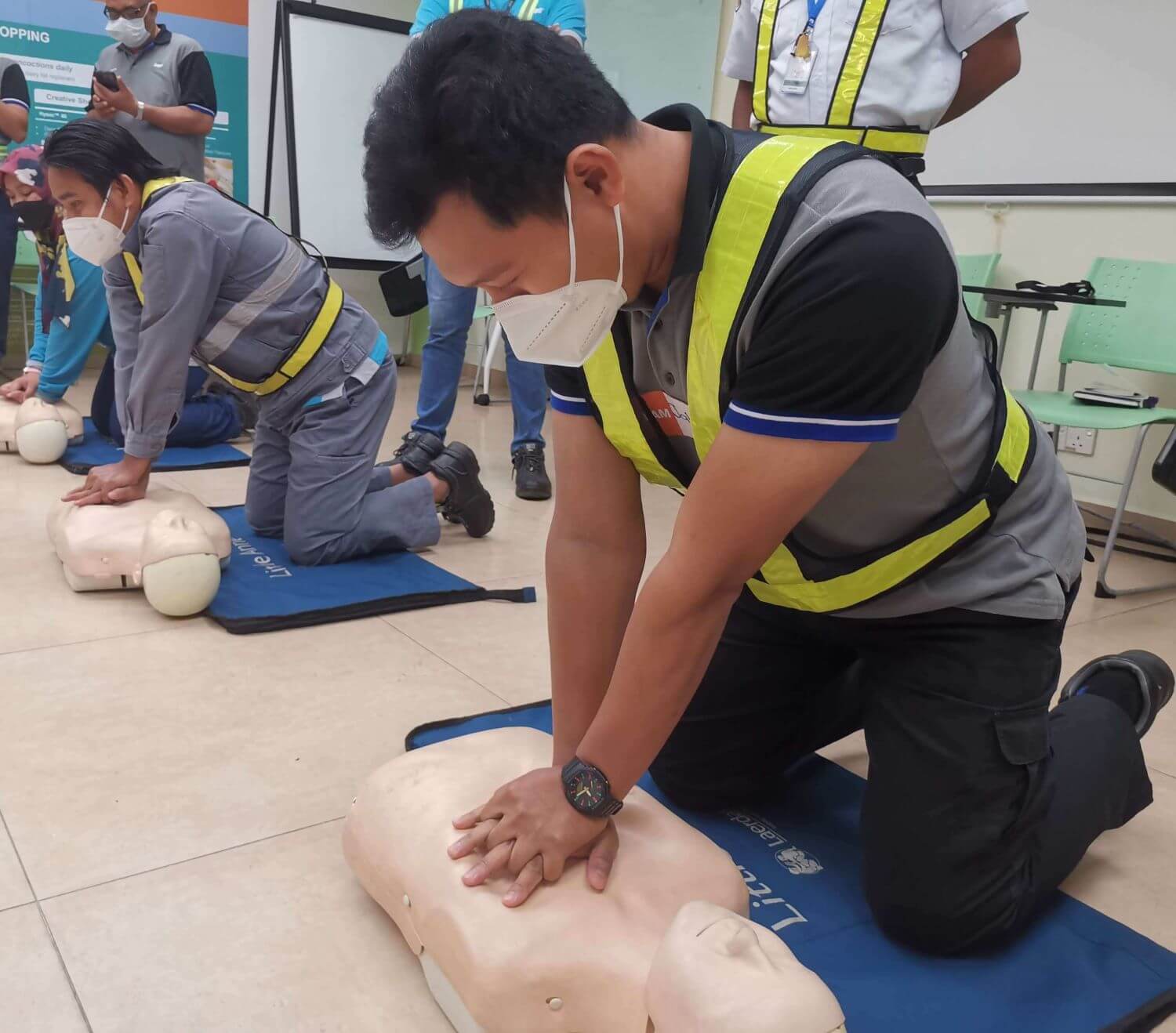
Trainings designed in accordance to
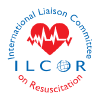
Consensus on Science with Treatment Recommendations of International Liaison Committee on Resuscitation (ILCOR)
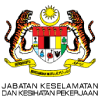
Guidelines on first-aid in the workplace of Department of Occupational Safety and Health (DOSH) Malaysia
ASEC is designated as

Education centre for Emergency Care & Safety Institute (ECSI)
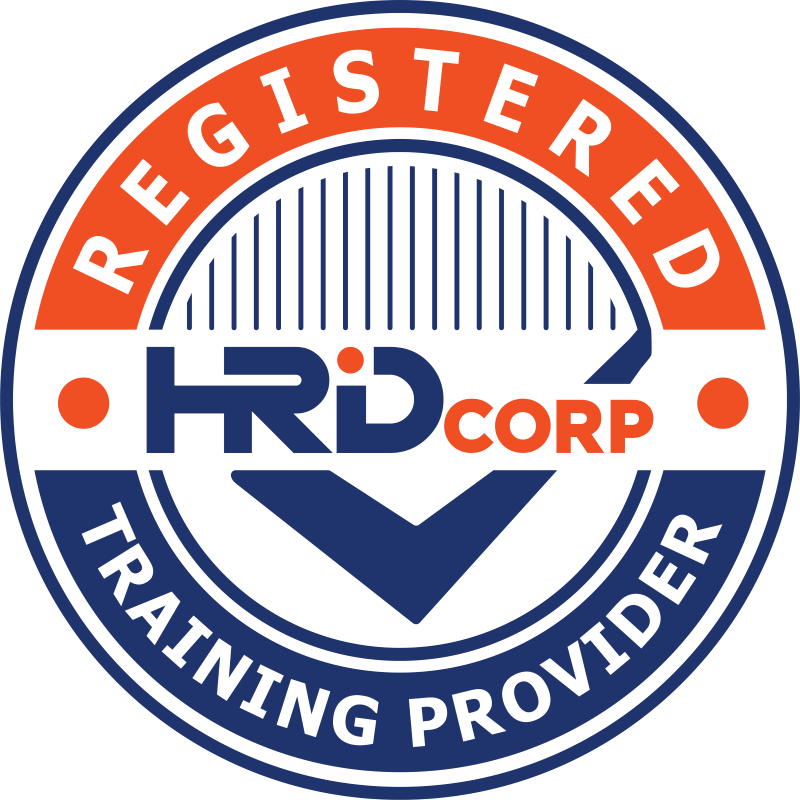
TOP 20 HRDF Training Provider with 5 stars excellence in delivery in 2017
First aid & emergency care training for all levels of competent responders
Every level plays a part in ensuring your organization’s needs in first aid & emergency care are covered.
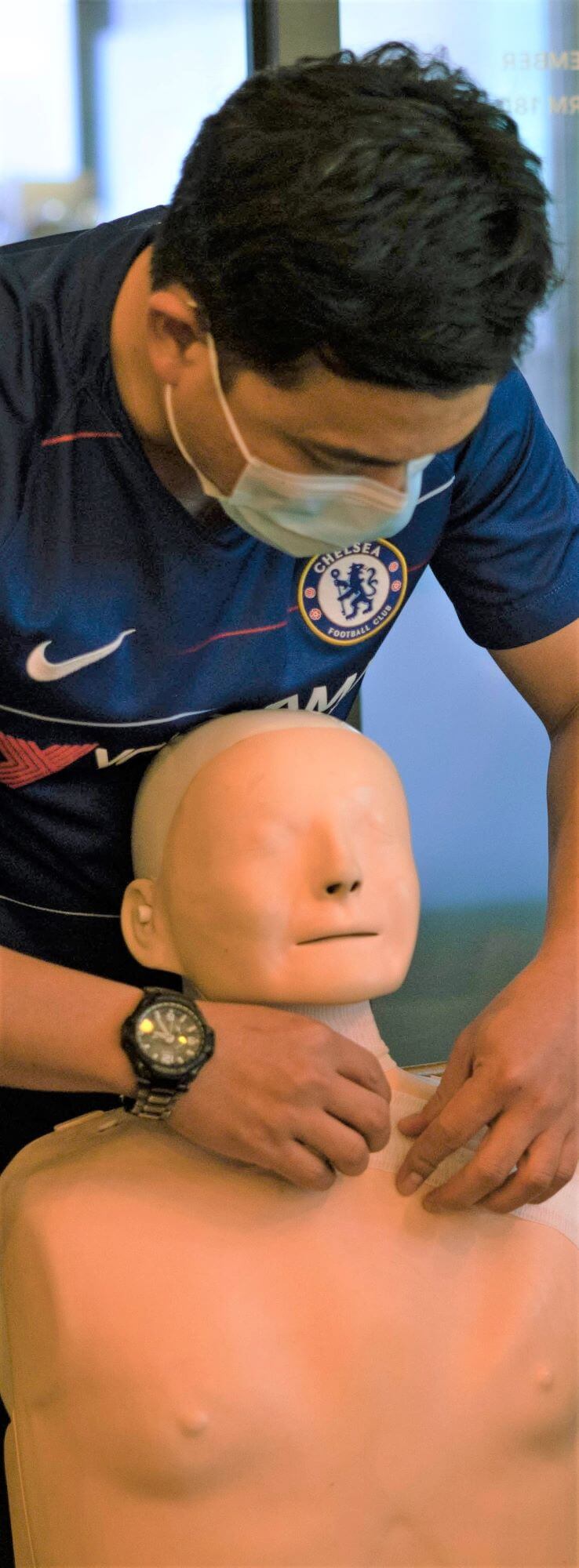
2-4 hours ║ No assessment
Topics are fully customizable based on the audience.
Objectives
Completing the course, participants will be able to:
- Appreciate the new science and education from the 2020 AHA Guidelines Update for CPR and ECC.
- Understands the components of high-quality CPR for children, and infants with recommended approach in view of COVID 19 pandemic.
- Understand the importance of pre-hospital Chain of Survival.
- Confidently demonstrates how to use AED with the combination of CPR.
- Relief of foreign-body airway obstruction (choking) for adults and infants.
- Understands the common principal causes of death in adult.
- Understand the concept of bandaging
2 days ║ Theoretical & practical assessments ║ Certificate of Proficiency ║ 3 years validity
This training equips first aiders with actionable skills and confidence to act with the right approach when an emergency situation occurs.
Objectives
Completing the course, participants will be able to:
- Appreciate the new science and education from the 2020 AHA Guidelines Update for CPR and ECC.
- Understands the components of high-quality CPR for adults, children, and infants with recommended approach in view of COVID 19 pandemic.
- Administer the AED application.
- Understands the use of a barrier device.
- Relief of foreign-body airway obstruction (choking) for adults and infants.
- Perform basic bandaging and splinting.
- Differentiate the degree of burns and standard management.
- Understand the principle of medical disaster management.
4 days ║ Theoretical & practical assessments ║ Certificate of Proficiency ║ 3 years validity
This training equips first aiders with in depth medical and emergency care knowledge, including health screening and mass casualty incident management.
Objectives
Completing the course, participants will be able to:
Elaborate upon the foundation of Basic Occupational First Aid, CPR, and AED syllabus and is tailored specifically for the workplace settings with higher medical risk factors, such as manufacturing plants, construction sites, chemical facilities, or other high-risk workplaces.
Cover advanced techniques such as formation of a resuscitation team, airway management and oxygen administration, diabetic emergencies and Incident Command System for major hazard accidents.
Increase confidence and competence in providing advanced first aid and emergency medical care in a range of scenarios.
3 months + 6 days ║ Theoretical & practical assessments with 6-month instructorship ║ Instructor card ║ 2 years validity
This training develops the first aid instructor knowledge and skills to create and deliver effective first aid training programs.
3 day ║ No assessment ║ Certificate of Competency
This training equips first aid team leaders with leadership skills to identify risk and carry out emergency response planning to efficiently dispatch the first aid team.
Objectives
Completing the course, participants will be able to:
- Understand the main role of first aiders especially the Team Leader.
- Understand the element to be considered covering the pre, intra and post incident.
- Understand the role of First Aid team within the ICS.
- Understand the command and control procedure.
- Know every crucial element in an emergency response planning to stabilized the response.
- Understand the resources needed whenever resuscitation is expected.
- Demonstrate suitable choice of equipment based on incident.
- Know how to document and passing over the casualty’s info to the medical personnel.
- Understanding the importance of Triage in MCI management.
- Demonstrate correct procedure of communication during an incident.
First Aid, CPR & AED training conducted at your workplace
For organizations that value the employees’ preparedness in facing injuries and medical emergencies.
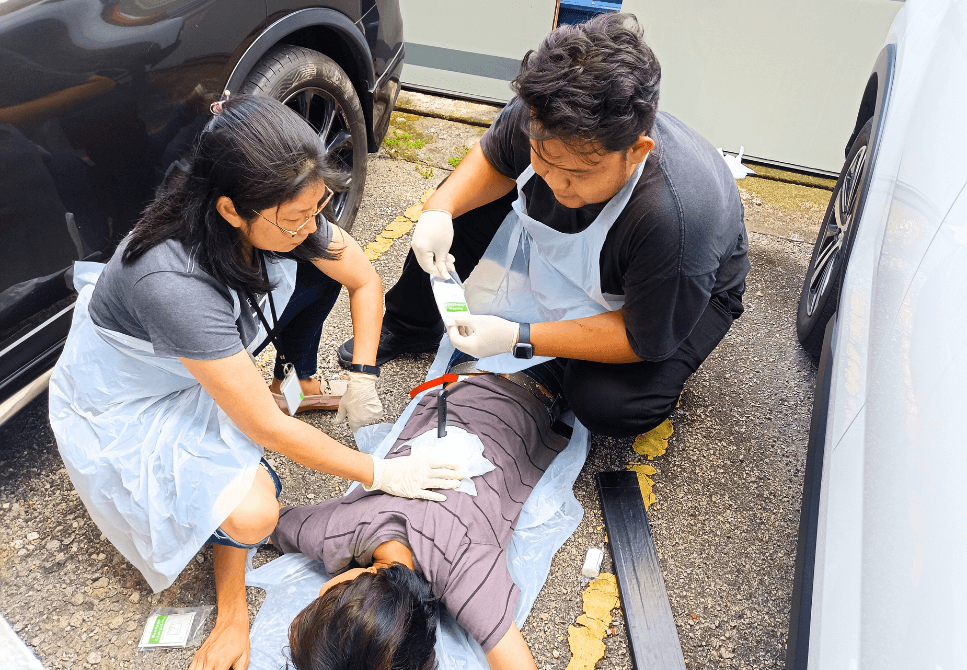
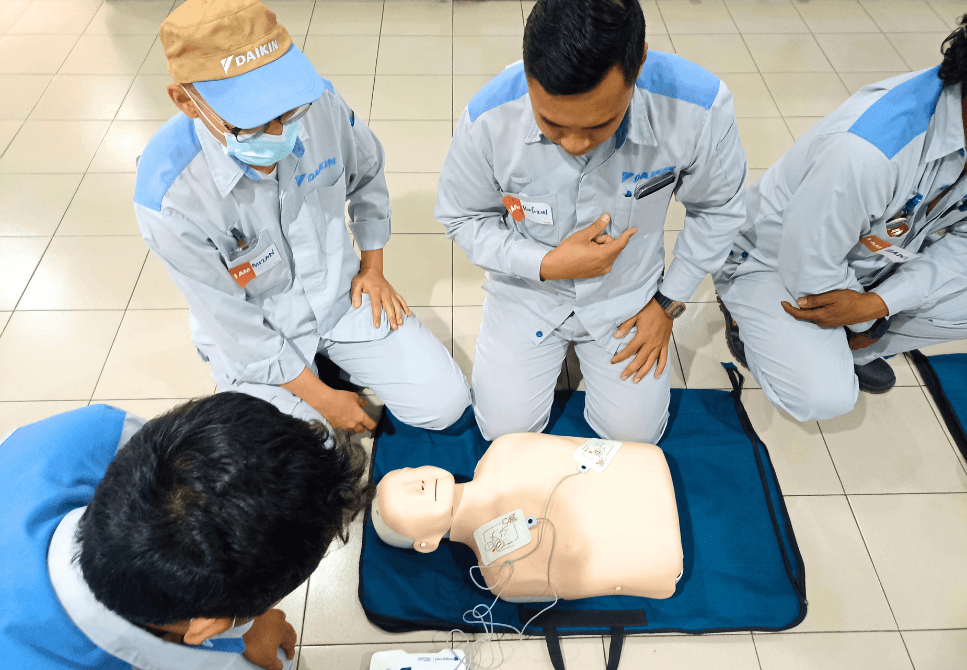
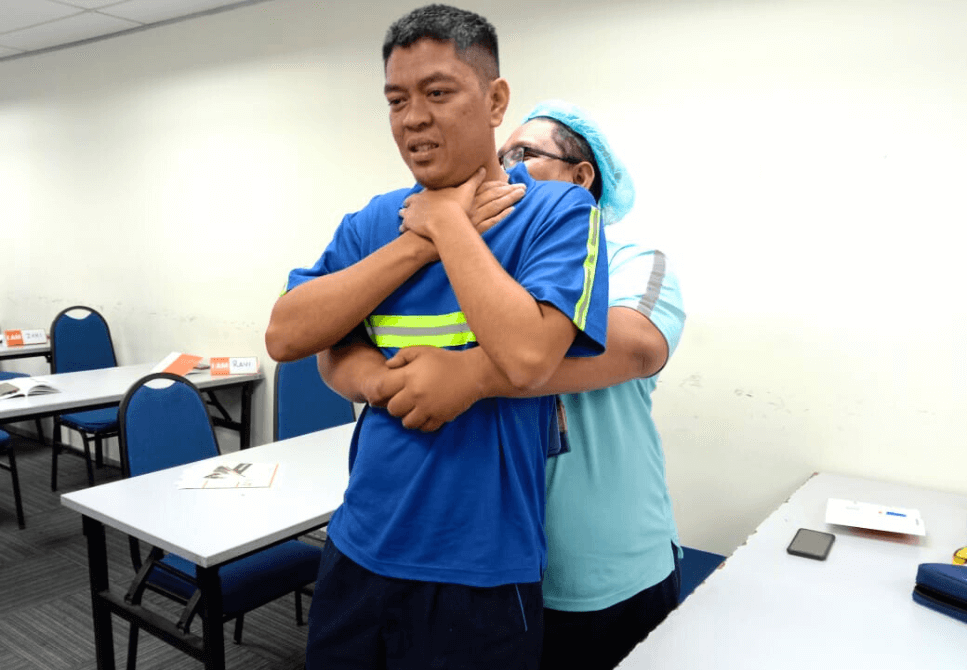
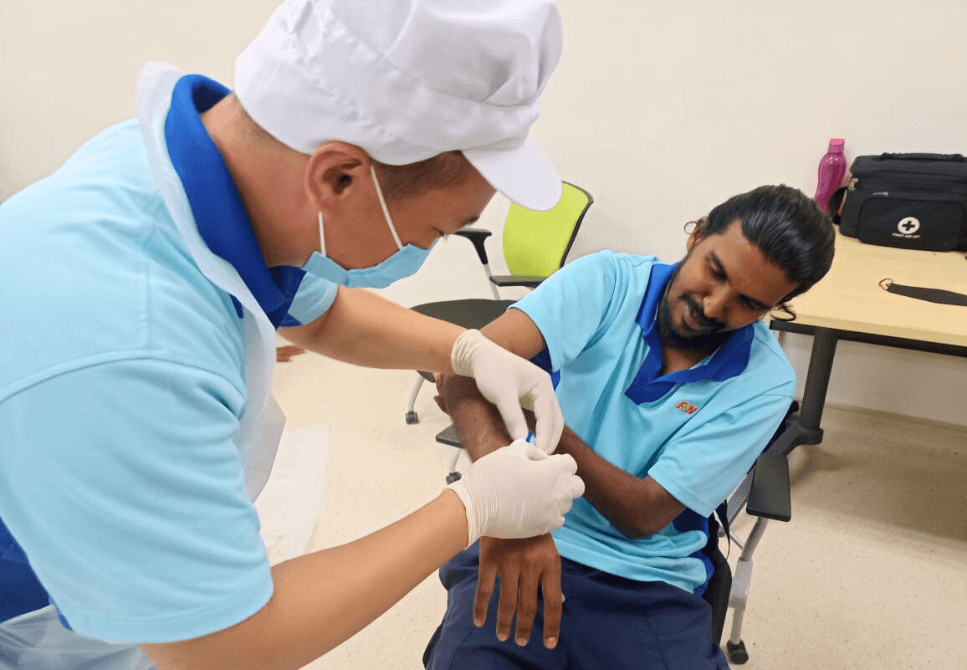
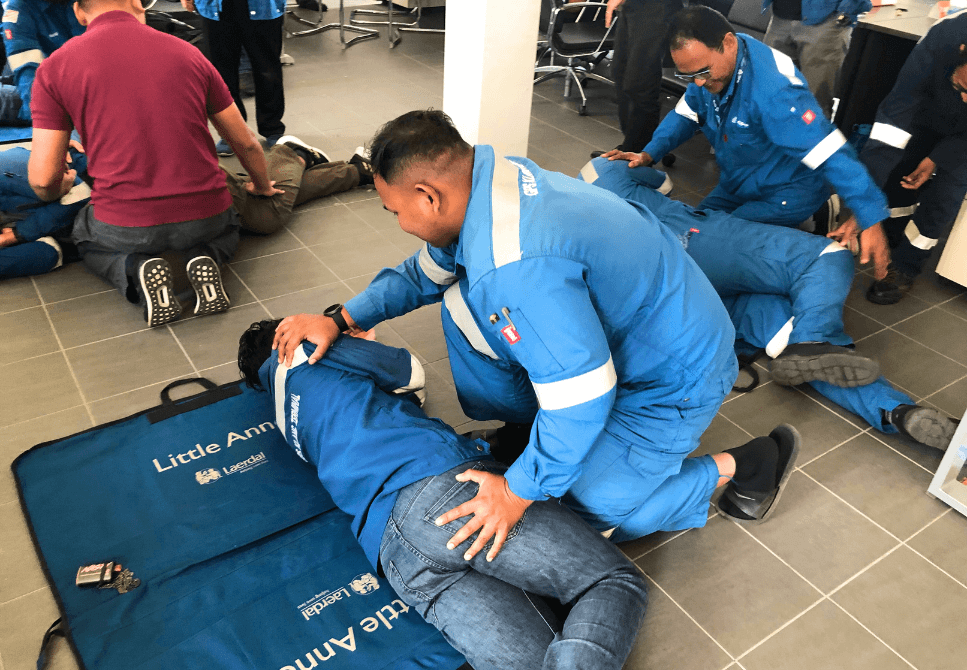
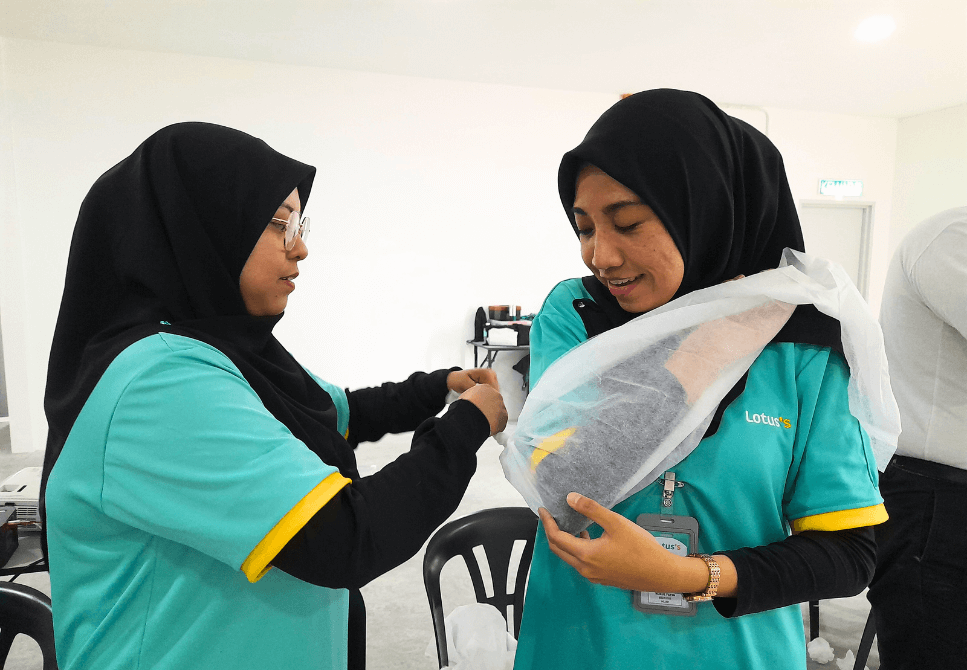
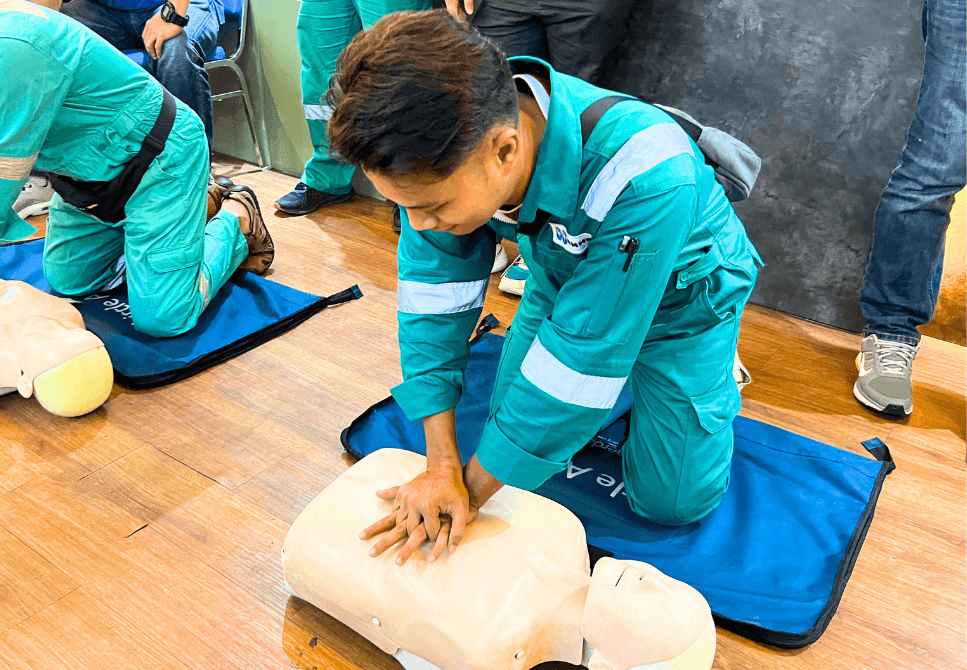
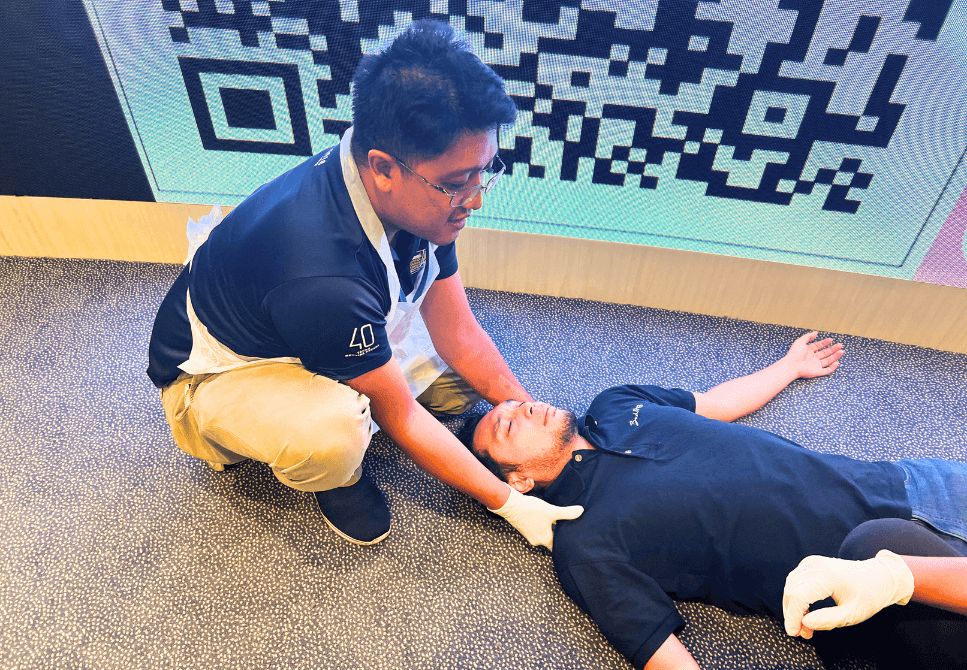
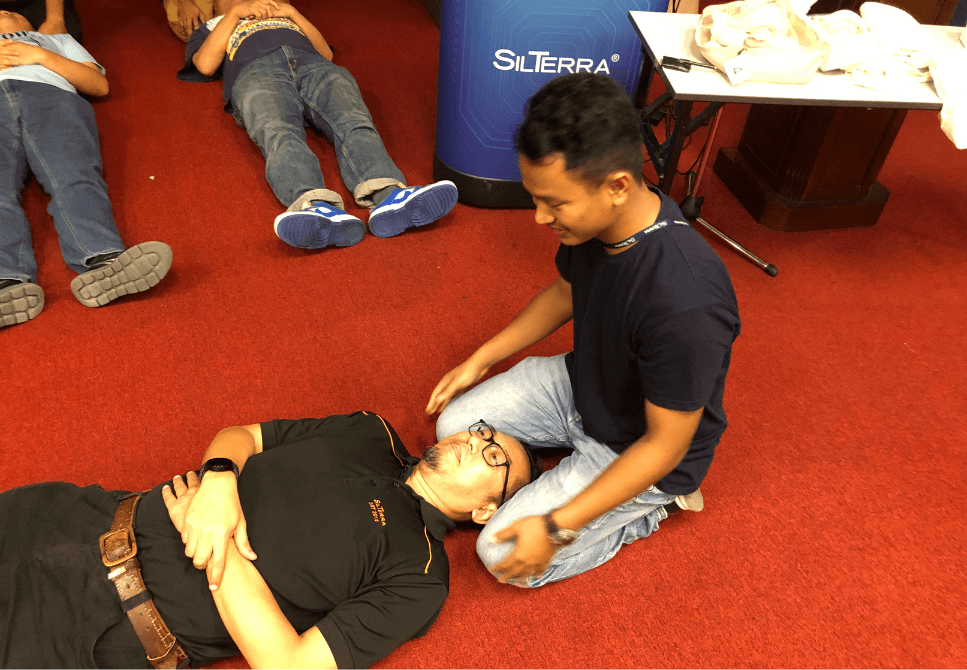
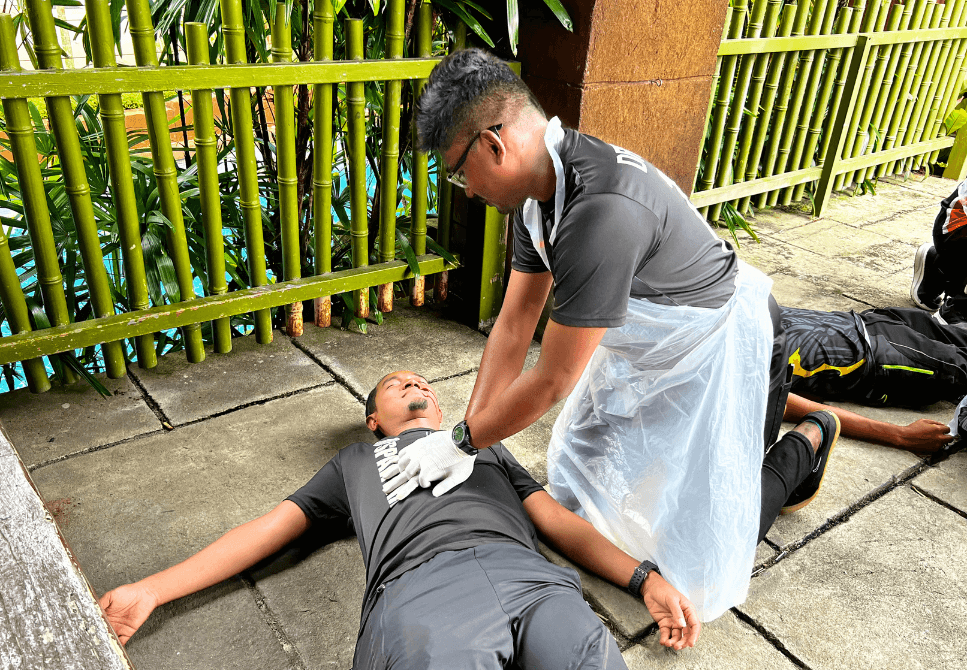
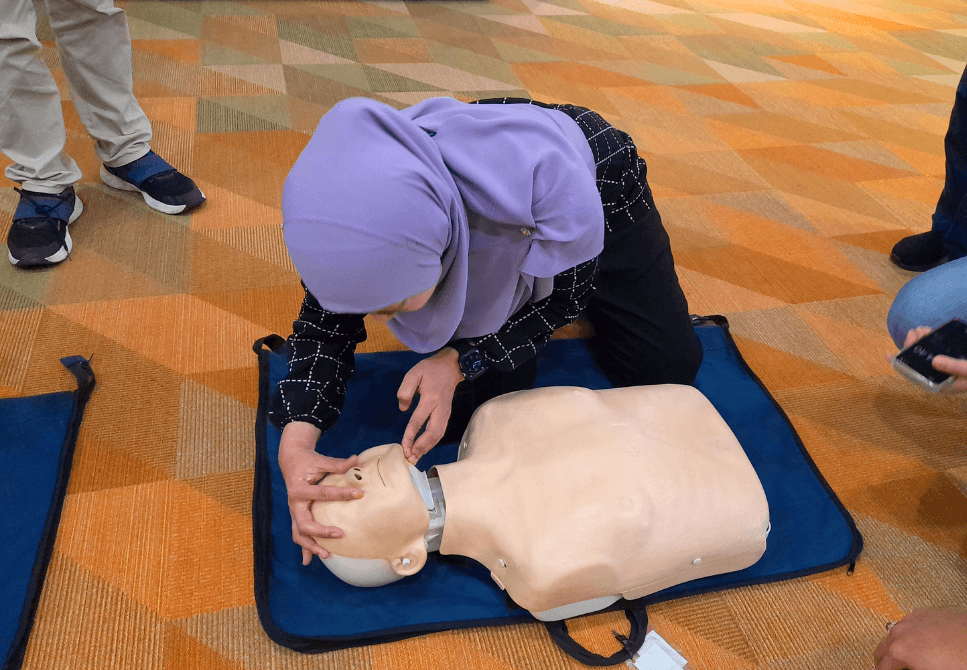
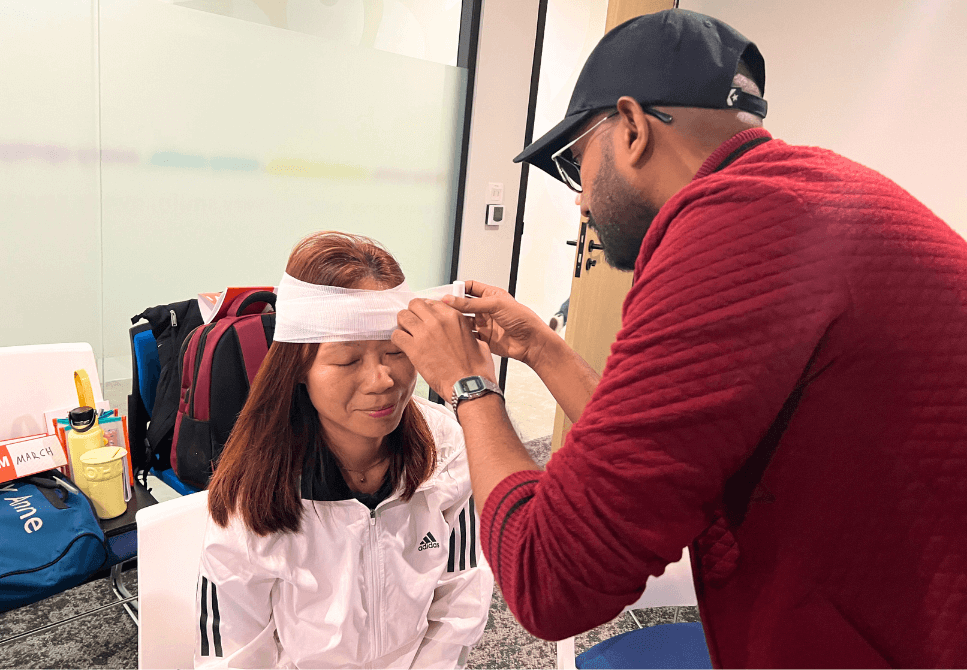



























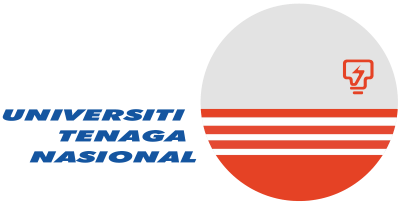

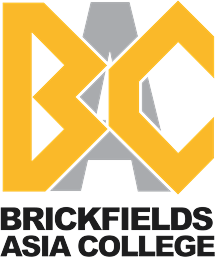


First aid training can make a difference in workplace
Ensure the survival of the injured or sick until the arrival of healthcare personnel.

Motivating & inspiring
Confidence is crucial in volunteering to attend to the injured or sick.

Engaging & realistic
Actionable skills are taught through theories, practical, and mock drills.

Professional trainers
ASEC’s trainers are qualified and continuously improved to deliver effective training.

Tailored curriculum
There is no one-size-fit-all. Curriculum can be tailored for your industry and needs.
Professional first aid & emergency care trainers
Our training obtains an average of 4.9 stars out of 5 on Google Review.

Dr. Mohd Ridzuan Bin Sepian
Senior Lead Trainer

Ms. Hemah A/P Baskaran
Senior Lead Trainer
Training Module Comparison of first aid & emergency care training
Let us know if you have specific requirements or needs.
Training Modules |
Awareness |
Basic |
Advanced |
|
|---|---|---|---|---|
| Basic life support (BLS) | General first aid knowledge & chain of survival | Fully customizable based on your organization's needs | ✔ | ✔ |
| CPR & AED | ✔ | ✔ | ||
| Foreign body airway obstruction (choking) | ✔ | ✔ | ||
| Patient assessment | ✔ | ✔ | ||
| Airway management & oxygen administration | - | ✔ | ||
| Basic trauma management | Soft tissue injury & bandaging | ✔ | ✔ | |
| Hypoperfusion & hypovolemic shock (blood loss) | ✔ | ✔ | ||
| Thermal & electrical burns | ✔ | ✔ | ||
| Exposure to hazardous materials | ✔ | ✔ | ||
| Head & spinal injury | ✔ | ✔ | ||
| Musculoskeletal injuries | ✔ | ✔ | ||
| Chest & abdominal injuries | - | ✔ | ||
| Basic trauma life support | - | ✔ | ||
| Internal medicine | Medical emergencies | ✔ | ✔ | |
| General health screening | - | ✔ | ||
| Emergency delivery | - | ✔ | ||
| Infectious diseases | - | ✔ | ||
| Miscellaneous (bites and sting, allergy, poisoning, etc.) | - | ✔ | ||
| Incident management | Mass casualty incident (MCI) management | - | Intro | Application |
| Emergency response planning | - | ✔ | ✔ | |
| Mock drill | - | ✔ | ✔ | |
| Resuscitation team formation | - | - | ✔ | |
| Incident command system | - | - | ✔ | |
| Victim tracking & reporting | - | - | ✔ | |
| Patient-centered learning | - | - | ✔ | |
| Theoretical & practical assessments | - | ✔ | ✔ | |
First Aid Team Leader Training
- Leadership development & responsibilities
- Guidelines & regulations
- Incident identification & risk assessment (IIRA)
- Emergency response planning
- Effective BLS consideration
- Mass casualty incident management
- Documentation & information transfer
- Incident command system (ICS)
Prerequisite:
Certified in basic occupational first aid training.
Experience in advanced training is highly preferable.
First Aid Instructor Development Program
- Lesson plans creation
- Training materials preparation
- Practical skills demonstrations
- Effective first aid training program delivery
Prerequisite:
Certified in basic occupational first aid training.
Experience in advanced training is highly preferable.
First aid refresher training is available
It is recommended to take annual refresher trainings to strengthen your employees’ first aid knowledge and skills.

Essential Occupational First Aid, CPR & AED Training
For those who have previously taken Basic Occupational First Aid, CPR & AED Training. With a focus on theories.

Occupational First Aid Practical Refresher Training
For those who have previously taken Basic Occupational First Aid, CPR & AED Training. Practical with mock drills.
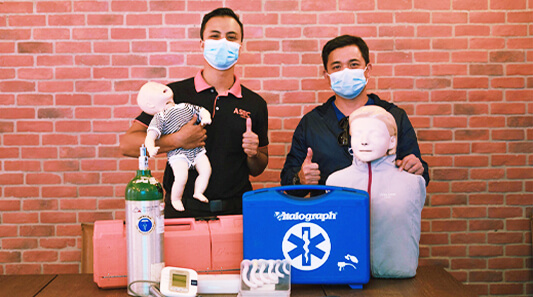
First Aid, CPR & AED training conducted at your workplace
For organizations that value the employees’ preparedness in facing injuries and medical emergencies.
